The ruble has another reason to stabilize. The national currency is currently supported by mandatory sales of proceeds from exporters, a high key rate and high oil prices. On May 8, one more item will be added to this list: the Central Bank will sell more currency within the framework of the budget rule. If in April the regulator allocated approximately 600 million rubles for these purposes. every day, now the amount will increase 10 times, to 6 billion rubles. “Kommersant FM” talked to economists about what could affect the stability of the ruble.
Chief economist of Alfa Bank Natalia Orlova says that so far there are all conditions for the stability of the national currency: “The data that the Ministry of Finance will allocate a smaller amount for the purchase of foreign currency over the next month really provides support for the ruble exchange rate. But the topic of the impact of secondary sanctions on the trade balance and payment for imports remains. Now, at the moment, this also provides, rather, support for the ruble, because compliance procedures have become more stringent. In recent months, even in the first quarter of 2024, it is noticeable that our import volumes have decreased by 11%.
That is, on the horizon until the end of the year, risks certainly remain, and the situation with oil prices may change. But over the next month, factors are truly in favor of a stable ruble.
If we talk about strengthening it, then this year the budget rule is in effect. It means that the ruble does not have significant additional potential for this from rising oil prices, because with increasing exports, the Ministry of Finance quickly uses these additional revenues to purchase currencies. Therefore, fiscal policy is now a factor in stabilizing the exchange rate and reducing volatility.”
News about additional sales has already had an impact on the foreign exchange market: the dollar turned out to be cheaper than 91 rubles. on Moscow Exchange. True, after 30 minutes he was able to restore his position. The dividend season may provide additional support to the national currency: this year, companies, according to brokers, will allocate a record 5 trillion rubles for these purposes. In this case, exporters will be motivated to sell even more currency, creating an overhang of supply in the domestic market.
But there are other factors, noted Sofya Donets, chief economist at Tinkoff Investments: “The ruble is supported by a number of factors. This is the “tail,” so to speak, of support at the end of the month, and the situation of the long weekend, and the tough rhetoric of the Bank of Russia, which was even strengthened at the last meeting. This does not exclude the possibility of a return to a slight weakening within the framework of traditional seasonality.
But in general, we see that the national currency is now balanced, consistent with the external environment and internal factors, so we do not expect large movements in the ruble in the coming months.”
The authorities themselves worsened the forecast for the ruble last month. The updated assessment of the Ministry of Economic Development says that the average dollar exchange rate this year will be almost 95 rubles, although previously this figure did not exceed 90 rubles. Participants in the Central Bank's consensus forecast also express more skepticism: a new study says that the average exchange rate will be at 93.
Director of the analytical department of the Region company Valery Weisberg believes that the situation may change at the beginning of summer, when tourists begin to show demand for the currency: “Given the volume of early bookings and the high demand for trips abroad, including to Turkey, probably -a certain additional demand for currency may arise. But he will likely face a more significant offer.
Much, of course, will depend on what the Federal Reserve and the ECB say in the summer. The dollar could theoretically again receive some support from demand. 90 is still too optimistic a figure.
I think that we will most likely see something like 92.5, and then there will be a reversal to a gradual weakening of the ruble, which will already lead us to area 95-97.”
The head of the Central Bank, Elvira Nabiullina, said at the last meeting that the mandatory sale of foreign currency earnings rather provides psychological support to the ruble. The stability of the national currency is now dictated by the trade balance: the economy receives more funds from rising prices for oil and other raw materials, while imports, on the contrary, are declining due to problems with payments and logistics.
.











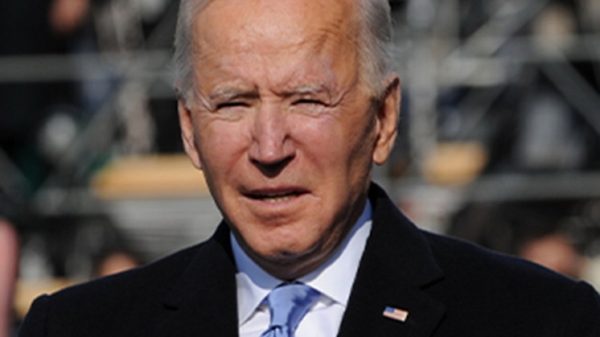
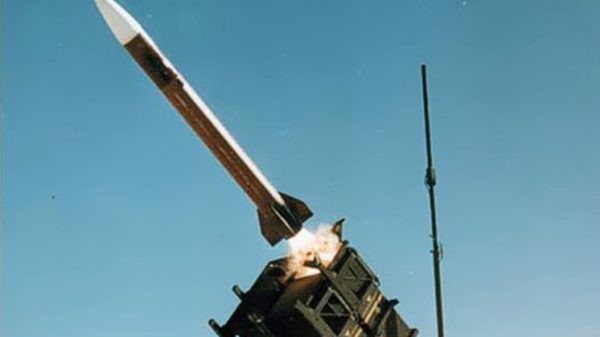





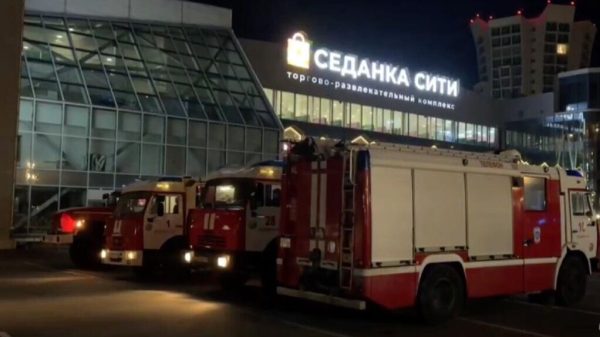

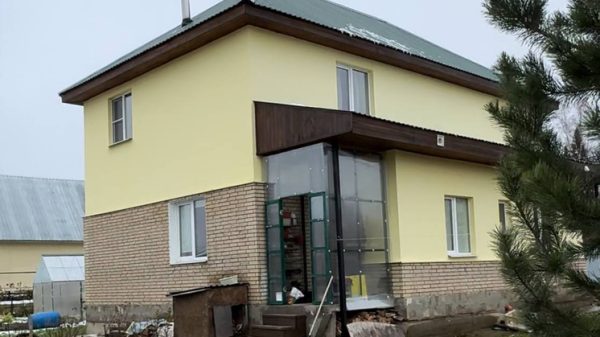







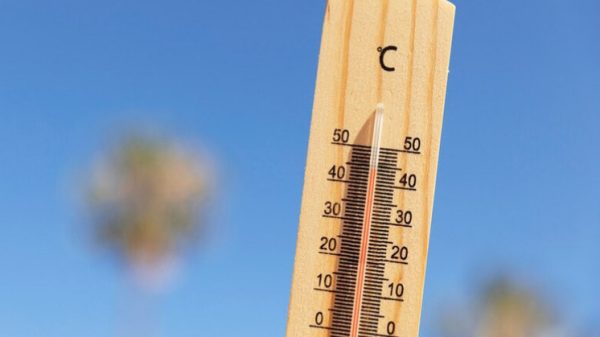
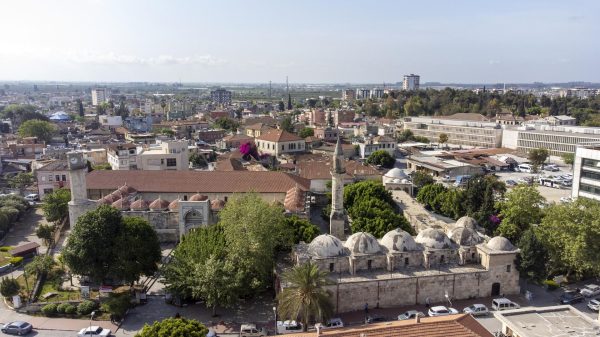

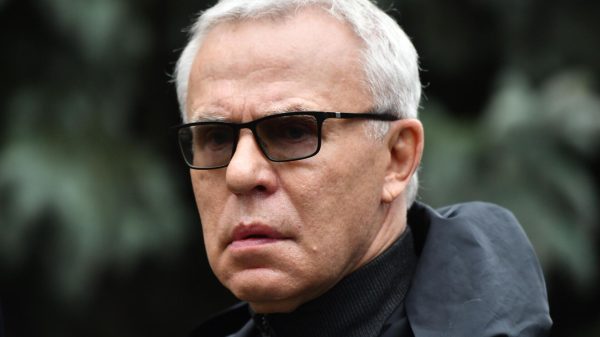


























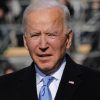


Свежие комментарии